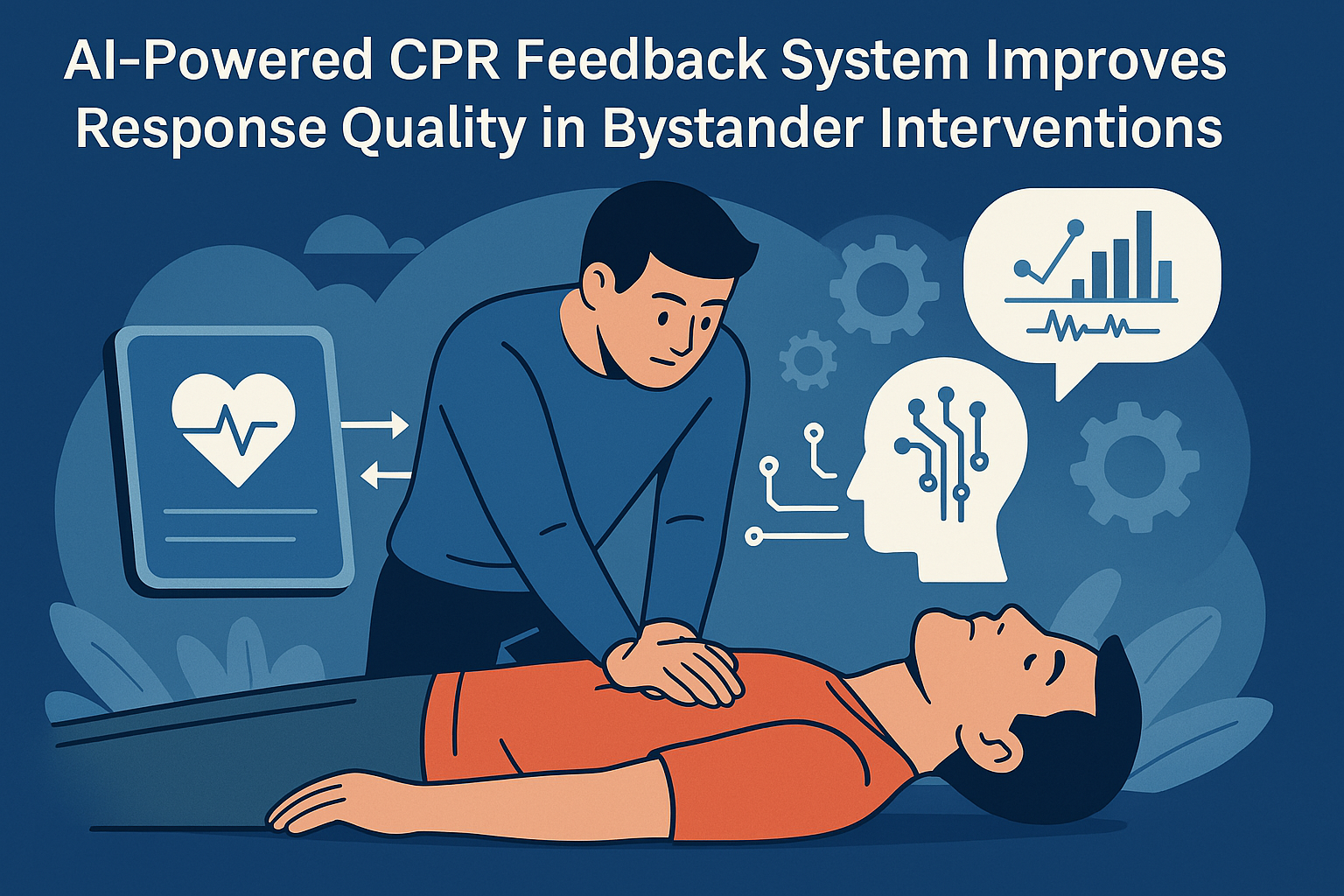Every second counts in a cardiac emergency—and now, artificial intelligence is changing how those seconds are spent.
Recent advancements in emergency response technology have introduced AI-powered CPR feedback systems that guide bystanders to administer more effective chest compressions during out-of-hospital cardiac arrests. These systems are built to assist—not replace—the human touch, offering real-time feedback on compression depth, rate, and hand placement while calming the chaos of the moment.
By integrating sensors and intelligent algorithms into wearable or mobile devices, the system monitors and assesses CPR quality. It then delivers voice prompts, visual indicators, or vibration cues to guide the rescuer toward optimal technique.
Traditional CPR relies heavily on training recall and confidence—both of which tend to fade when panic strikes. With an AI assistant, bystanders receive the kind of structured guidance that improves response time, quality of compressions, and ultimately, survival rates.
Early studies and pilot programs show promising outcomes:
This innovation isn’t just about smarter devices—it’s about smarter communities. By making CPR more accessible and less intimidating, AI transforms everyday citizens into capable first responders. Imagine a future where every phone, smartwatch, or public kiosk is CPR-ready and AI-empowered.
Technology may not be able to stop cardiac arrest, but it can certainly help us fight back. The AI-powered CPR feedback system isn’t just a tool—it’s a lifeline, turning moments of uncertainty into decisive acts of care.



Subscribe to our newsletter for the latest updates on heart health, patient stories, and information on our advocacy efforts. Join our community and be part of the change.
By subscribing, you agree to receive communications from HSI.
Get in Touch
Quick Links
2025. HeartSavers Initiative © All rights reserved.